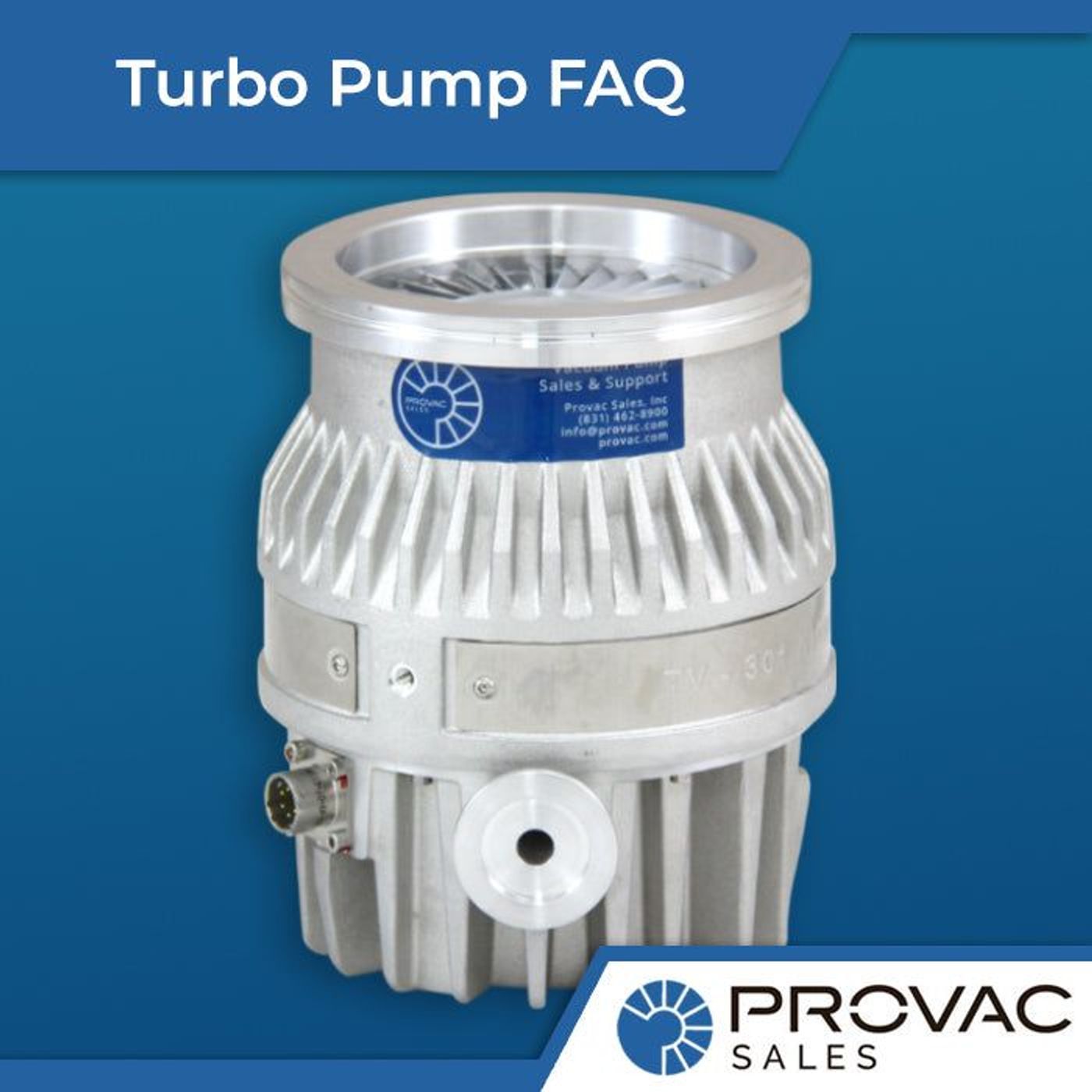Can the turbo pump be installed in any position?
In general, the turbo pump can be set up in any position, as long as it meets the established safety standards. Certain turbo pumps have orientation restrictions such as those with oil-lubricated bearings, or certain older vintage large-speed magnetically levitated turbo pumps which require vertical-only installation.
Is an inlet screen necessary?
No, the inlet screen is not required for operation, but they help to prevent particulate from falling into the turbo pump. Specialty screens are also available for high-temperature applications where heat shielding to the bearing is necessary. It's important to note that inlet screens do restrict flow. This has to be factored into the turbo pump's overall performance.
Is a vent valve required?
Introducing a vent valve into the system is an application-specific requirement. Vent valves can be manually operated or electronically controlled and can be interfaced into the turbo pump controller or tool. Venting can be used to change pumping speed, or act as a carrier gas to assist with moving of specialty gases.
Is it smart to install a valve between the turbo pump and the primary pump?
In general, the turbo pump doesn't require any type of valve to operate, even if it is set up between itself and the primary pump. However, it is highly recommended to do so because it will act as an additional layer of protection for the turbo pump if any power outage occurs, isolating the turbo pump from a potential air-in rush which can cause catastrophic damage to the rotor assembly. It can also assist with potential backstreaming from an oil-sealed roughing pump which can occur during a power outage.
Is it necessary to invest in a cooling system?
Turbo pumps tend to produce a good amount of heat during the gas compression phase, making it essential to keep them as cool as possible throughout the year. Turbo pumps can be air or water-cooled depending on the make and model. Each turbo pump has it’s specific cooling requirements - check the manual for more details. There are different variables to keep in mind when it comes to how much gas is being pumped, and how much power is required from the cooling system. This information can make it easier to understand which cooling system will work well for the pump.
Is it important to purge the turbo pump?
When corrosive gases are pumped through the turbo pump, it may be time to look at a bearing purge system. This can help the turbo pump over the long-term as it allows a certain amount of inert gas to go through the bearings. This makes it easier for the system to remain sturdy and durable since particles don't enter the main bearings.
Is it essential to have a turbo pump with a magnetic field?
A turbo pump's rotation can be hampered when magnetic fields are present due to eddy currents. These currents impact the way the pump rotates, which can lead to an increase in power consumption, as well as heat production due to the rotor. It's important to consider these effects because there are several variables to account for including the distribution of the magnetic field, time, and intensity to name a few. As a result, there are times when a magnetic shield is necessary.
Is a soft start needed to turn on the turbo pump?
When a turbo pump isn't being used regularly, it can start to have issues with regards to how the bearing grease is distributed. To offset this issue, you can use what is called a "SOFT START," which is a part of Agilent turbo pumps. The idea is to have a slower start in the beginning before things are up and running at full speed. This is ideal when the turbo pump has been sitting around for over a year or so. This will help to redistribute the grease throughout the sealed bearing.
Is there a specific type of foreline pump to buy?
It's all about sizing with the foreline pump since that's how the turbo pump is going to work properly. Most vacuum products come with recommended sizes for the foreline pump, and it's best to follow those specifications. By going with the right size, you can offset potential issues that may arise in the future. The right foreline pump is going to make sure there's enough pressure going through the system to ensure it's running efficiently.
How should you stop a turbo pump?
The correct way to stop a turbo pump is to decelerate down to 0 Hz. This should be done properly based on what the manual requires users to do. A sudden deceleration caused by a loss in power, or a large air-in rush can cause catastrophic damage to the turbo pump, and so following proper shut-down procedure is key.
If you have additional questions about your turbo pump or vacuum pump needs, please contact us and we will be happy to assist.





